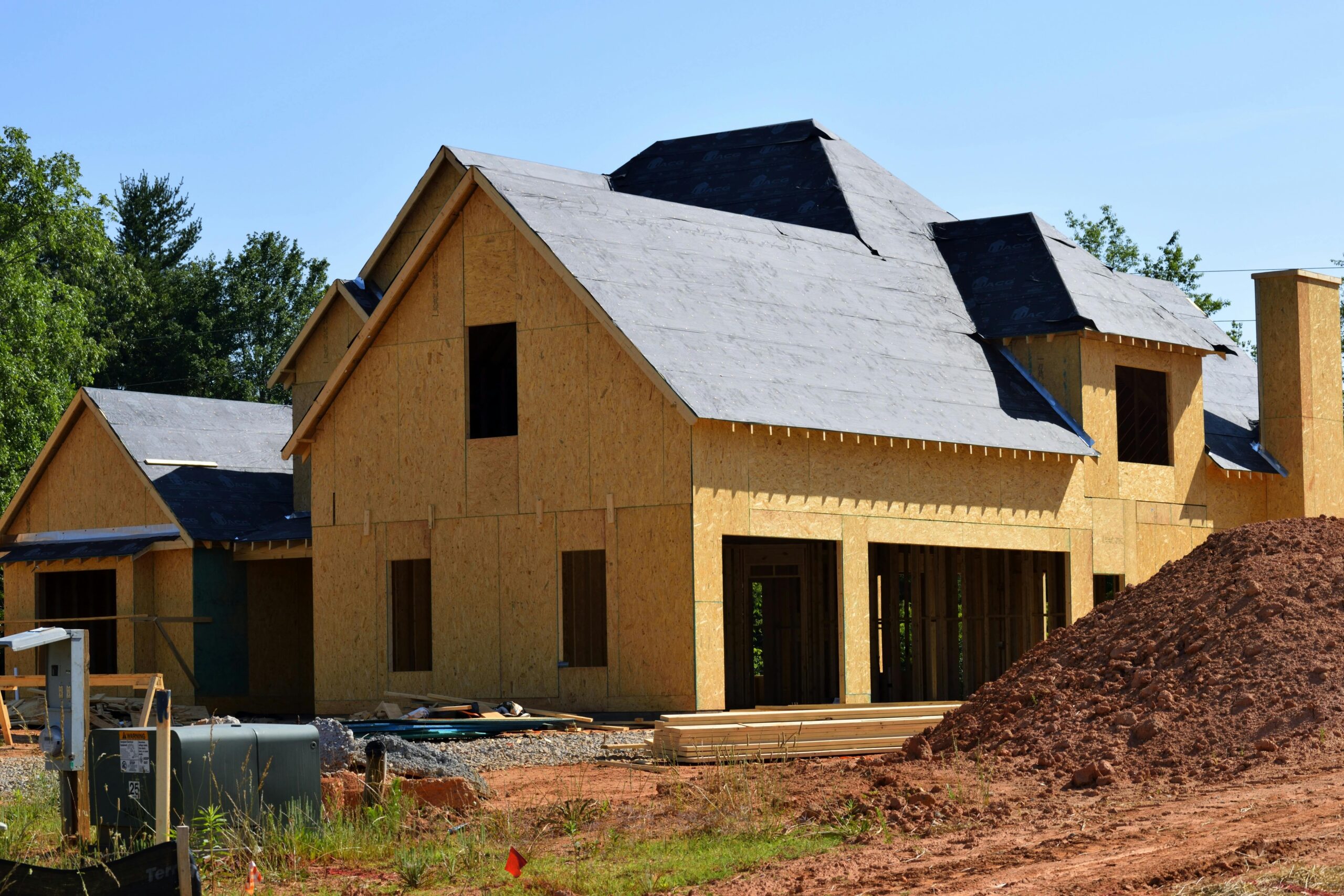The construction industry has traditionally followed a linear “take, make, dispose” model, resulting in massive waste and resource depletion. Design for disassembly and deconstruction represents a paradigm shift in how we approach building lifecycles—creating structures with their eventual end-of-life in mind. This forward-thinking approach enables building components to be easily separated, reused, and recycled when a structure reaches the end of its functional life. By embracing these principles, architects, builders, and homeowners can significantly reduce environmental impact while promoting a circular economy in construction that values materials as assets rather than potential waste.
Understanding Design for Disassembly
Design for disassembly (DfD) is a design approach that considers the entire lifecycle of a building from the initial planning stages. Unlike conventional construction methods that often rely on permanent adhesives, composite materials, and irreversible connections, DfD prioritizes mechanical fasteners, modular components, and clear assembly sequences that can be reversed when needed. This eco-conscious architecture approach enables buildings to be more easily taken apart rather than demolished, preserving the integrity and value of materials for future use. By designing buildings with their eventual disassembly in mind, we create structures that serve as material banks for future projects rather than sources of waste.
Benefits of Sustainable Building End-of-Life Planning
The advantages of incorporating end-of-life considerations into building design extend far beyond environmental benefits. From an economic perspective, reusable building materials retain value that would otherwise be lost in conventional demolition. Buildings designed for disassembly typically cost less to modify, refurbish, or repurpose, extending their functional lifespan. Additionally, as landfill costs and raw material prices continue to rise, the financial incentive for salvaging materials grows stronger. From an environmental standpoint, DfD reduces waste, conserves embodied energy within materials, and decreases the need for new resource extraction. The social benefits include reduced pollution from demolition processes and the creation of new jobs in material recovery and reprocessing industries.
Key Principles of Design for Disassembly
Several fundamental principles guide successful design for disassembly and deconstruction practices. Transparency in documentation is essential—clearly recording what materials were used, how they’re assembled, and providing disassembly instructions aids future deconstruction efforts. Using standardized, durable components with simple, reversible connections facilitates easier separation and reuse. Minimizing different material types reduces sorting complexity, while avoiding toxic or hazardous materials ensures reclaimed materials remain safe for reuse. Designing layers with different lifespans to be independently accessible allows for targeted replacement of shorter-lived elements without disturbing longer-lasting components. For specialized guidance on implementing these principles in your project, consulting with sustainability experts through platforms like AskHomey can provide valuable insights tailored to your specific requirements.
Practical Applications and Material Considerations
Implementing design for disassembly requires thoughtful material selection and connection design. Mechanical fasteners like bolts, screws, and clips are preferable to chemical bonds like adhesives or welding. Modular construction with standardized dimensions facilitates future reuse. Regarding materials, timber framing represents one of the most disassembly-friendly structural systems, particularly when joined with metal connectors rather than adhesives. Steel framing can also be highly reusable when designed with bolted connections. For interior systems, demountable partition walls, raised access flooring, and ceiling grid systems exemplify circular economy construction principles. When selecting finishes, opt for mechanical attachment methods—for instance, click-lock flooring systems rather than glued installations—to preserve the reusability of both the finish material and the substrate.
Challenges and Future Directions
Despite its compelling benefits, design for disassembly faces implementation challenges in today’s construction landscape. Initial costs may be higher due to specialized connections and additional planning requirements, though these investments typically pay dividends over a building’s lifecycle. Existing building codes and standards often don’t adequately address or incentivize deconstruction-friendly approaches. Additionally, the current marketplace for reclaimed materials remains underdeveloped in many regions. However, the landscape is changing rapidly as sustainability becomes a central focus in construction. Emerging technologies like material passports, which digitally track building components throughout their lifecycle, and blockchain-based material verification systems are making circular material flows more feasible. As regulations evolve to address embodied carbon and construction waste, design for disassembly will likely transition from a novel approach to a standard practice.
Embracing the Circular Future of Construction
The shift toward sustainable building end-of-life planning represents a fundamental rethinking of our relationship with the built environment. By designing buildings that can be disassembled rather than demolished, we transform structures from temporary consumables into material repositories for future generations. This circular vision recognizes buildings not as static objects but as dynamic assemblies of valuable resources temporarily configured to serve current needs. As climate concerns intensify and resource scarcity grows, the principles of design for disassembly will increasingly influence how we create and maintain our built environment, offering a pragmatic pathway toward truly sustainable development.
For more tips and to connect with reliable home service professionals, follow AskHomey on Facebook and Instagram.



